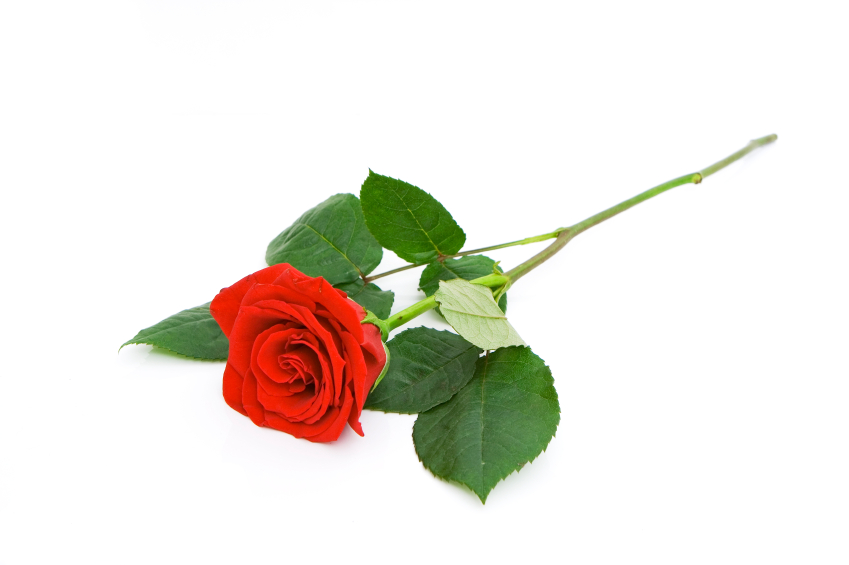At the conclusion of the Megillah reading both at night and in the morning on Purim we say a prayer called “Shoshanat Yaakov” – “The Rose of Jacob”. This small paragraph reiterates the conclusion of Megillat Esther as well as restates the who’s who of the “heroes and villains” of the Purim story.
As you would expect, the prayer refers to Mordechai the righteous and Haman the wicked as well as Esther the heroine and the vicious Vashti. The final phrase mentions a less famous character in the Purim story – Charvona.“And Charvona should be remembered for the good.”
Who was this Charvona?
In chapter 7- verse 9- Haman’s world comes crashing speedily towards the ground. King Achashverosh explodes with rage against the Haman for a variety of reasons. Firstly Esther openly accuses Haman of attempting to destroy her people- the people of Israel, next- Haman is seen lying on the sofa too close to Queen Esther,… and at this telling moment Charvona chimes in the right tone of voice, “ and Haman built a gallows to hang your trustworthy servant Mordechai”. It was the final straw. Achashverosh immediately orders the execution of Haman.
What a great story! But who was Charvona?
The Ibn Ezra comments on the verse and explains that Charvona may have been Eliyahu Hanavi- the man who always comes to our rescue whenever we need him. He comes to every Brit Milah-Circumcision and every Passover Seder table.
The question is why does he appear as a common soldier in the royal court of Achashverosh? Perhaps the lesson here is that G-d has many messengers that he sends to us on a regular basis. The problem is our antennas aren’t always tuned in to recognize them. Everybody thought that Charvona was just another Persian soldier; but he was Eliyahu Hanavi.
This lesson is very fitting for the holiday of Purim, which is characterized as a holiday of “covered” miracles. In fact, it is intriguing that in the entire Megillat Esther G-d’s name is not mentioned even once! This symbolizes the character of the holiday of Purim and what we can be gained from it. We need to keep our eyes open for all of the Charvonas out there and pay attention to the messages they bring.
May we all extract a little bit of the spiritual electricity of Purim and ignite the rest of the year with it.

